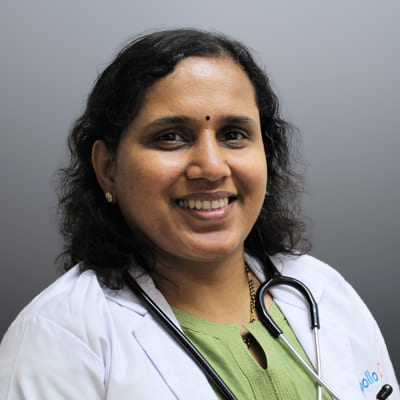Conditions for Which a C-section is Performed:
1. Stalled Labour: If contractions fail to open the cervix enough for the baby to move into the vagina for birth, a C-section may be required.
2. Foetal Distress: This indicates that the baby isn’t getting enough oxygen in labour; in such cases, an emergency C-section might be recommended.
3. Abnormal Foetal Position: If the baby is positioned feet-first (breech) or sideways (transverse lie), a C-section would be safer than vaginal delivery.
4. Multiple Pregnancies: In cases of twins or more babies, a C-section may be needed for safe delivery.
5. Placenta Previa: When the placenta covers the cervix entirely or partially, blocking the baby’s path out of the uterus, a C-section becomes necessary.
6. Umbilical Cord Prolapse: If the umbilical cord slips through the cervix before the baby does, a C-section might be immediately recommended to prevent severe or fatal complications for the baby.
How is a C-section Conducted at Apollo Hospitals in Mysore:
At Apollo Hospitals, Mysore, patients can rest assured that they are in the hands of highly skilled caesarean section doctors. The procedure is performed like this:
1. Preparation: An antiseptic solution is used to clean the abdomen. A urinary catheter is placed to empty the bladder.
2. Anaesthesia Administration: Anaesthesia is administered to ensure that the mother feels no pain during the procedure.
3. Making the Incision: The surgeon makes an incision above the pubic hairline, exposing the uterus.
4. Delivery: The baby is gently lifted out, followed by the placenta.
5. Stitches: Lastly, stitches are used to close the incisions made.
How to Choose the Best Specialist for C-section in Mysore:
When it comes to deciding on a specialist for a C-section, consider their experience and credentials. Reviews from previous patients and recommendations from your family physician can also be helpful. In Mysore, Apollo Hospitals house some of the most accomplished obstetricians who have an extensive history of successful C-sections under their belt.
Why Plan Your C-section With Apollo Hospitals?
At Apollo Hospitals, Mysore, our top priority is ensuring patient safety and comfort throughout their medical journey. From pre-procedure preparations to post-operative care, our team of skilled obstetricians and dedicated staff ensures comprehensive support at every step. In addition, our technologically advanced facilities support our commitment to providing superior-quality healthcare services to all our patients. When you choose Apollo Hospitals, you are choosing quality care, expertise, and a patient-centric approach towards healthcare.









 Call Now
Call Now



